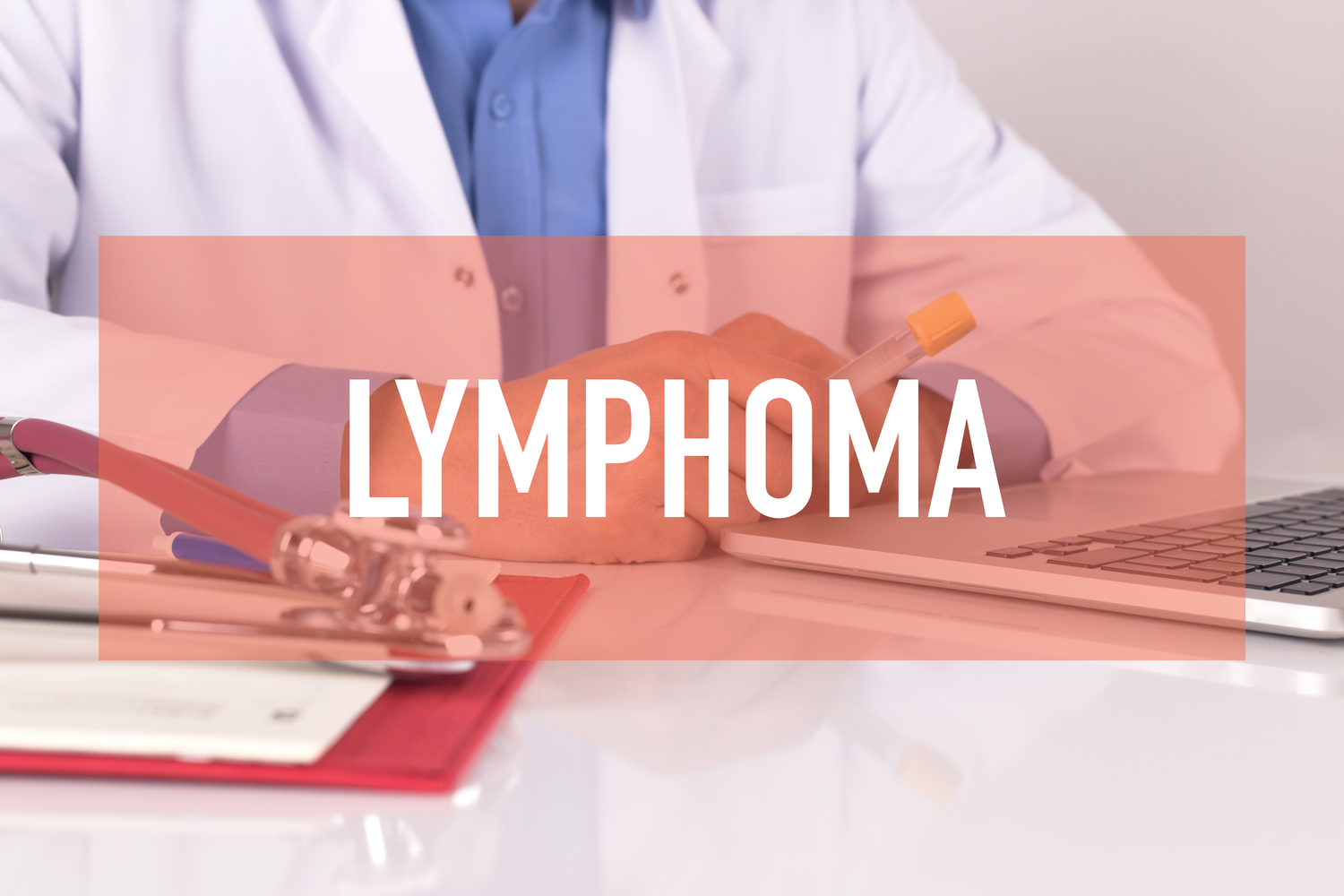
How to treat non-Hodgkin’s lymphoma
Non-Hodgkin’s lymphoma covers a group of cancers of the blood that are caused in the lymphocytes. These lymphocytes or white blood cells, a part of the immune system, fight hard to protect themselves against germs and infections. Cancer starts by affecting the body’s lymphatic system, which fights infections and also aids in the movement of fluids in the body.
Non-Hodgkin’s lymphoma is one of the most common cancers in the country. According to the American Cancer Society, over 74,000 people are estimated to have non-Hodgkin’s lymphoma by the end of 2019.
Affecting both adults and children (more males than females), non-Hodgkin’s lymphoma shows up with several symptoms. Some symptoms that are warning signs include enlarged lymph nodes, abdominal swelling, and loss of appetite, nightly sweats, and persistent fevers.
If a person exhibits such symptoms and visits a doctor, a battery of tests will be done to determine the presence of lymphoma and the type of non-Hodgkin’s lymphoma.
Diagnosis
- Physical exam and medical history
A doctor will first get your family and your medical history to assess risk factors. Later, a thorough physical exam, especially in areas where your lymph nodes are present, will be conducted. Special attention is paid to areas where the spleen and liver are, as they get enlarged from non-Hodgkin’s lymphoma.
- Biopsy
A biopsy is the only way to determine if a person has non-Hodgkin’s lymphoma. If there are lumps, the doctor would send a small piece of the lymph node for tests. Sometimes, an entire lymph node is removed as well. However, this is not always done immediately. In cases the node is larger than expected, the doctor may order a biopsy.
- Imaging tests, scans, and X-rays
These are done to determine the presence of lymph nodes in the body as well.
Treatment
Plenty of research is being conducted to help treat non-Hodgkin’s lymphoma. Some of the treatment options available today are:
- Chemotherapy
Chemotherapy is used for non-Hodgkin’s lymphoma. A combination of drugs is being tested during clinical trials. - Stem cell transplant
There is a lot of research happening in this area, with new ways to collect stem cells before transplant. Autologous transplant is when the patient’s own stem cells are used in the transplant. This can sometimes re-introduce non-Hodgkin’s lymphoma cells in the patient. Methods to remove all traces of cancerous cells from the stem cells before the transplant are being studied. - Immunotherapy
Immunotherapy is a treatment that beefs up the patient’s immune system or uses synthetic versions of the immune system to fight off the cancerous cells or diminish their growth. This type of treatment is used to boost the antibodies made by the immune system or introduce its man-made version called monoclonal antibodies. Immune checkpoint inhibitor drugs are used as well. - Lymphoma vaccines
These are vaccines designed to treat lymphoma, unlike vaccines for other conditions like malaria, measles, etc, which prevent the infection. These are available only in clinical trials at present.


